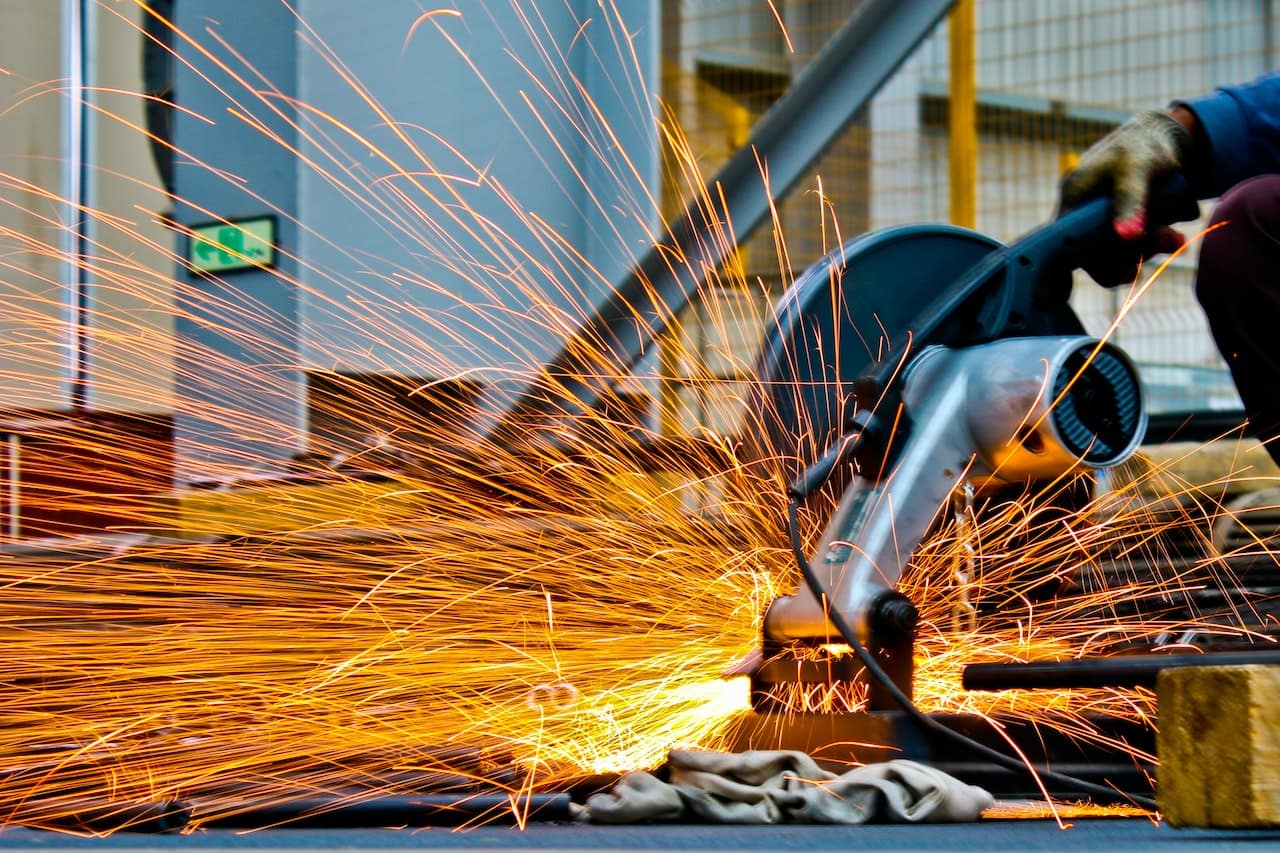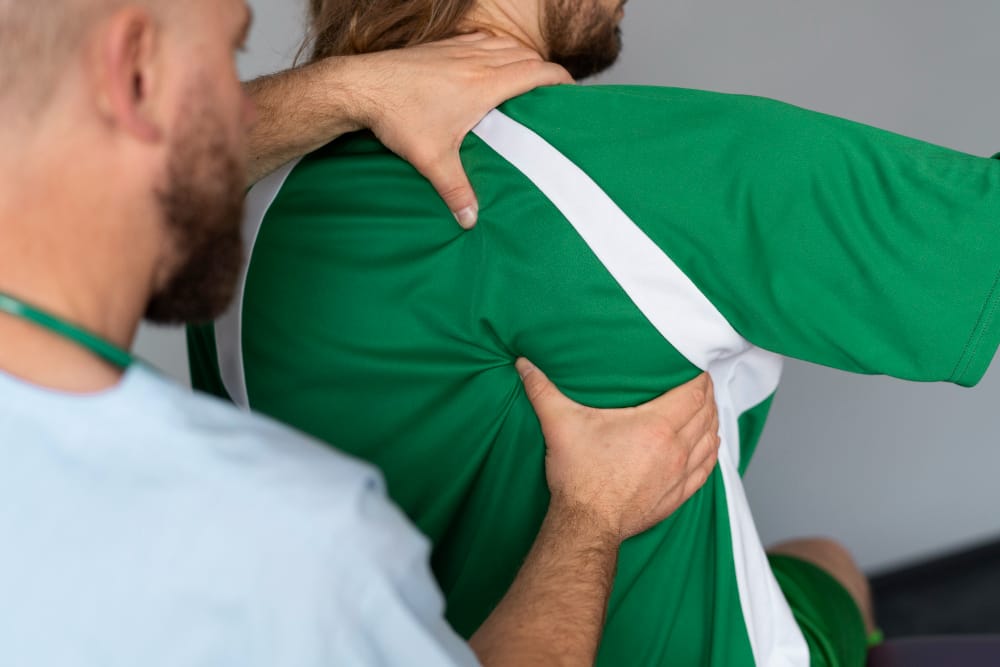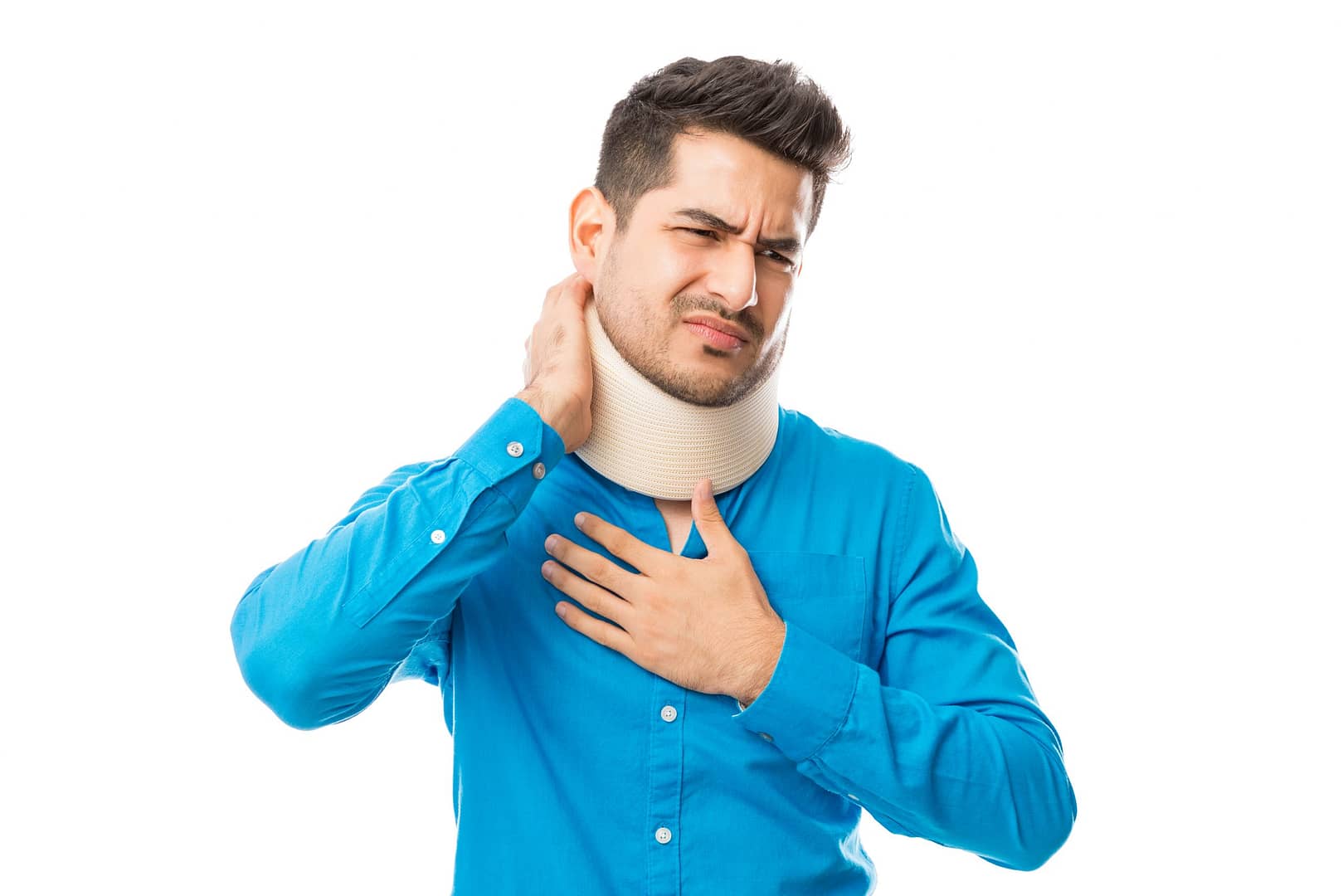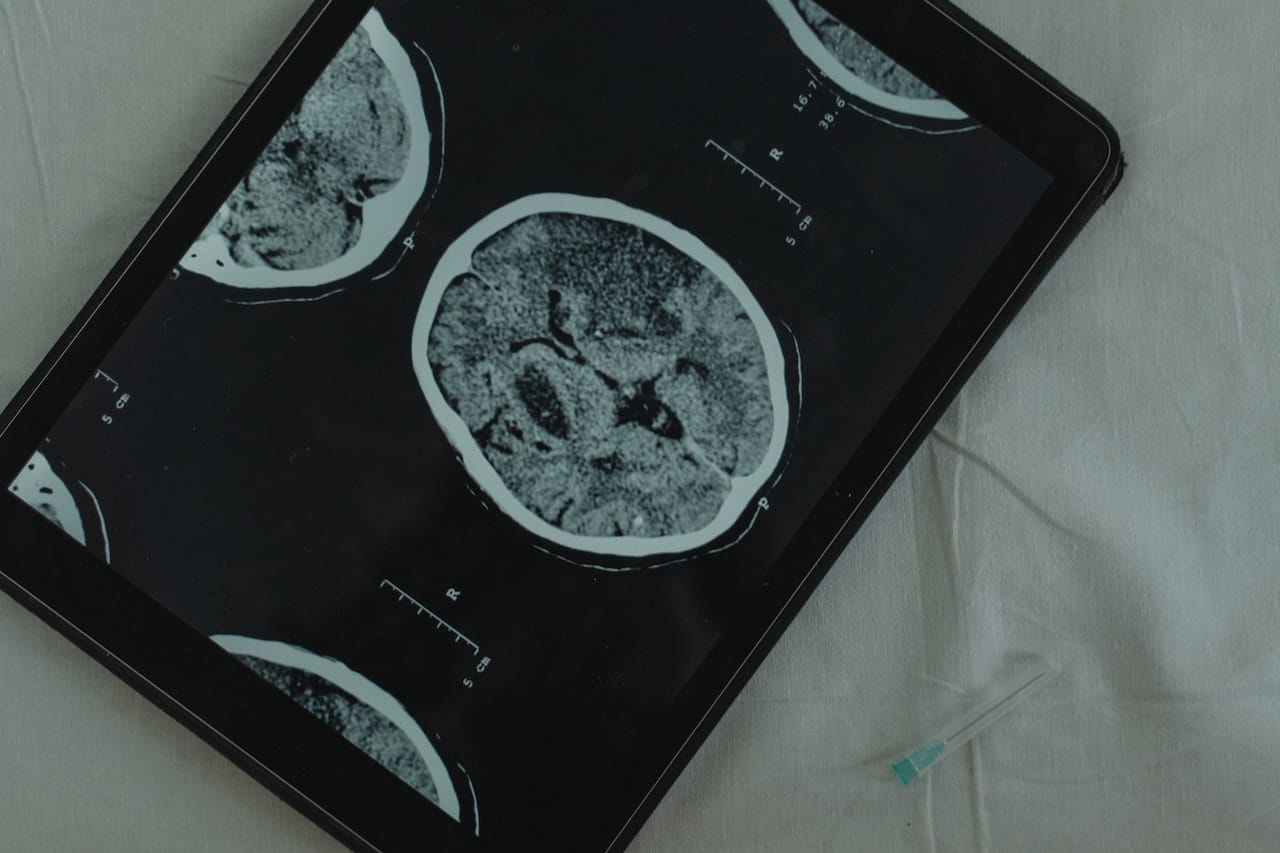Working with machinery can be an integral part of various industries, from manufacturing and construction to agriculture and transportation. While machinery enhances productivity and efficiency, it also poses certain risks to workers. In this article, we will explore the hazards associated with working around machinery and discuss essential safety measures to mitigate the risk of injuries at work.
Common Machinery-Related Workplace Injuries
Heavy machinery and equipment are essential in industries like construction, manufacturing, and agriculture. However, they also pose serious risks. Common machinery-related injuries include:
- Crush injuries: Often caused by getting trapped in or between machines.
- Amputations: Due to unsafe use or malfunctioning equipment.
- Lacerations and cuts: From sharp tools or exposed moving parts.
- Burns: Caused by hot surfaces, chemicals, or electrical faults.
- Fractures and broken bones: Often the result of impact or machinery failure.
These injuries can happen due to various reasons such as lack of training, inadequate personal protective equipment (PPE), poorly maintained machinery, or failure to implement safety measures.
Who Is Responsible for Your Injury?
Employers have a legal duty under the Health and Safety at Work etc. Act 1974 to ensure a safe working environment. This includes:
- Providing proper training on how to operate machinery
- Conducting regular maintenance and safety checks
- Supplying appropriate PPECommon Machinery-Related Workplace InjuriesHeavy machinery and equipment are essential in industries like construction, manufacturing, and agriculture. However, they also pose serious risks. Common machinery-related injuries include:
- Crush injuries: Often caused by getting trapped in or between machines.
- Amputations: Due to unsafe use or malfunctioning equipment.
- Lacerations and cuts: From sharp tools or exposed moving parts.
- Burns: Caused by hot surfaces, chemicals, or electrical faults.
- Fractures and broken bones: Often the result of impact or machinery failure. These injuries can happen due to various reasons such as lack of training, inadequate personal protective equipment (PPE), poorly maintained machinery, or failure to implement safety measures.
- Clearly displaying warning signs and safety information
If your employer failed to take these precautions, they may be held liable for your injury. According to the Health and Safety Executive (HSE), machinery-related incidents remain one of the leading causes of workplace injuries in the UK.
How Much Compensation Can You Claim?
Compensation varies depending on the severity of your injury and its impact on your life. It is typically divided into two types:
General Damages
This covers the physical pain, suffering, and emotional distress caused by the injury.
Special Damages
These compensate you for financial losses, including:
- Loss of earnings
- Travel expenses
- Medical costs
- Care and support needs
To give you a rough idea:
- Minor injuries (e.g., cuts and bruises): £1,000 to £5,000
- Moderate injuries (e.g., fractures): £5,000 to £20,000
- Serious injuries (e.g., amputations or long-term disability): £25,000 to over £100,000
Each claim is assessed individually, so exact figures may vary. For more official guidance, visit the Judicial College Guidelines or speak to our team.
Frequently Asked Questions (FAQs)
1. How long do I have to make a claim?
You usually have three years from the date of the injury or from when you became aware that your injury was linked to your work.
2. What if I was partly at fault?
You may still be able to claim, though your compensation could be reduced based on shared responsibility (known as contributory negligence).
3. Can I claim if I’m an agency or temporary worker?
Yes. Employers have a duty of care to all workers, regardless of contract type.
4. Will claiming affect my job?
It’s illegal for an employer to dismiss or treat you unfairly for making a legitimate injury claim.
5. What if the machinery was faulty?
You may still have a claim against your employer or potentially against the equipment manufacturer.
If you have had an injury caused by these types of machinery, you may be entitled to claim financial compensation. Contact National Claims to be put in touch with one of our claims specialists who will be able to guide you through the claims process.
Conclusion
Injuries caused by working with machinery can have severe consequences, but through awareness, education, and the implementation of safety measures, these risks can be mitigated. Understanding the hazards posed by moving parts, electrical components, noise, and other factors is essential for both employers and employees. By prioritising training, proper machine guarding, the use of personal protective equipment, regular maintenance, and open communication, a safer work environment can be achieved. It is the collective responsibility of employers and workers to promote and maintain a culture of safety when working with machinery, ensuring the well-being of all involved.
Contact us at National Claims today to start your claim and find out more about claiming for your injury at work.
Click below to see why we are one of the most trusted claims management companies in the UK.





